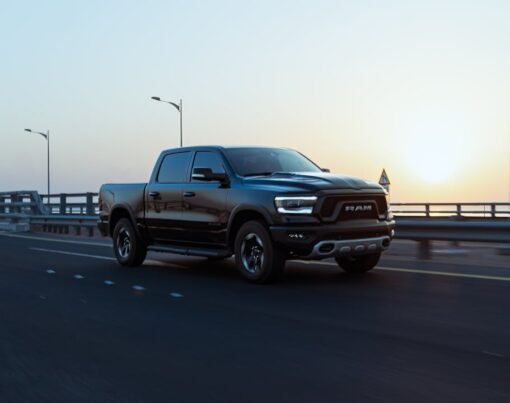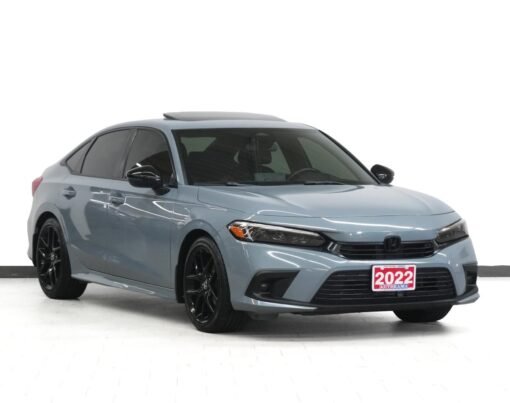With more cars on the road every year, the risk of more accidents increases. However, the number of car deaths and injuries has remained steady or fallen due to the benefits of modern safety features included in vehicles today, rather than better driving habits.
Here are some of the most important safety features to look for when you are making your next car purchase. Not only will they protect you from injuries (or worse) in a car accident, but they can also help you get the cheapest car insurance in Massachusetts.
Airbags
Front airbags have been standard since the late 90s. Crash sensors connected to an onboard computer detect a frontal collision and trigger the bags. The bags inflate immediately then quickly start deflating.
While airbags have saved thousands of lives, they also have the potential to cause injury or even death to children or to occupants who aren’t using a seatbelt. Since 2007, most airbag systems now detect the presence, weight, and seat position of the driver and front passenger, and deactivate or de-power front airbags as appropriate to minimize the chance of injury.
Side airbags. These are now almost universal for the front seats, and many vehicles provide these for rear-seat passengers too.
Antilock brakes (ABS)
These prevent wheels locking up and skidding during hard braking, Sensors at each wheel and a computer maximize the braking action at each wheel to prevent lock-up. ABS allows the driver to retain steering control while braking.
Brake assist
When a driver initiates a panic stop, this applies the brakes to maximum force.
Forward-collision warning (FCW)
Cameras, radar, and lasers scan for cars ahead and alert the driver if they are approaching a vehicle too fast and a crash is imminent.
Automatic emergency braking (AEB)
AEB will sense a potential collision and if you don’t react in time, the car will initiate automatic braking.
Adaptive cruise control
Using lasers, radar, and cameras, this maintains a constant distance between you and the car ahead, ensuring a safe following distance.
Blind-spot warning (BSW)
Using radar or cameras, this system warns when another vehicle is your car’s blind spot.
Rear cross-traffic alert
These systems sense traffic that may cross your path as you reverse.
Lane-departure warning (LDW)
You are alerted if you steer your car out of its lane without the turn signals activated.
Backup camera
From 2018, all light-duty vehicles with standard rear-view cameras, are activated when the vehicle is placed in reverse.
Parking assist systems
Sensors in the front, rear, or both bumpers alert you to the presence any obstacles that may be close by.
Automatic high beams
This function automatically switches from low to high beam and back again, improving your nighttime visibility in relation to the condition. The system can detect emergency vehicle lights farther away on a high beam, prompting an automatic switch back to a low beam to avoid blinding emergency responders. This allows you to see potential hazards and react sooner while being considerate of other drivers, especially emergency vehicles.
Tire-pressure monitors
Since 2006, all vehicles must have a low-tire-pressure warning system. Underinflated tires can make handling more difficult and uses up more fuel. They can even lead to a blowout as underinflated tires are more susceptible to damage and wear.
Telematics
Combining cellular telephone and Global Positioning Satellite (GPS) technology, this system, often referred to as vehicle telematics, allows the driver to contact a central dispatch center at the touch of a button, enhancing communication and efficiency. The center knows the location of your vehicle and can provide directions or emergency aid if required.
You might recall this from a scene in the fourth Die Hard movie.
Including a smartphone app, telematics come in handy and can help you find your car in that large parking lot.










